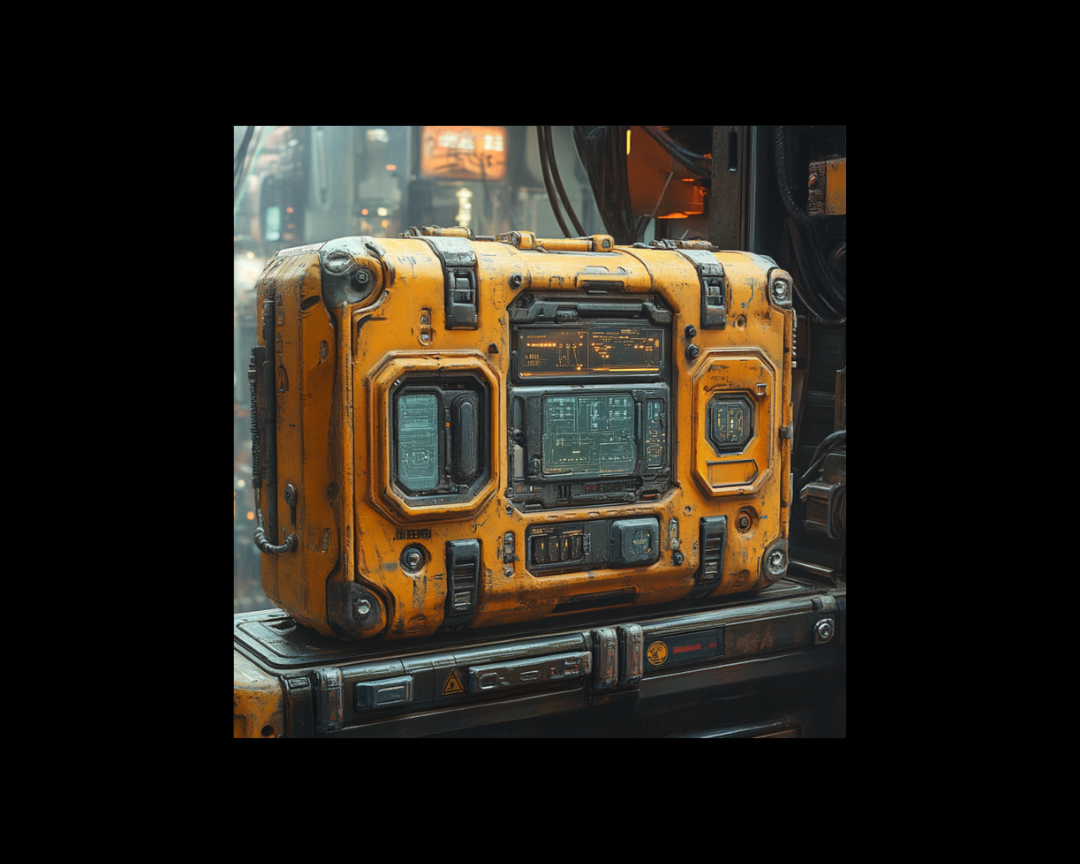Diagramming in Technical Blog Posts
Writing a technical blog post involves much more than just typing up what you know. You research the topic, build demos, troubleshoot unexpected...
%20(1)-1.png)
Break down a complex topic to allow someone to better understand it.
I would start each session by talking to the student about their goals for the project, course, or assignment. Based on that discussion, we set up smaller tasks that seemed more achievable. For instance, if the ultimate goal was to prepare for a trigonometry test, I might start by identifying two or three units that were causing the most trouble.
My approach always included starting small and working our way up. We might start by diving into unit circles or trig identities, and after building some confidence in those areas, we could progress to a more complex topic that combined multiple units.
Today, I don’t do as much tutoring, but I spend a lot of time on freelance technical writing. The interesting is, they’re very much alike…
Whether you’re explaining calculus to a high schooler or writing about calculus for a higher education company, you need to start from the beginning. Whenever I get a new article brief, I start by identifying the key components and how they add up to the overall message.
Breaking down an overwhelming amount of information is a part of teaching and technical writing that I’ve always enjoyed. I think it’s why the transition from tutoring to freelance writing was so natural for me.
Every word matters - on the page and during a lesson. If you misspeak, the student can get confused or completely lose interest. Likewise, the wrong word choice in a blog post, ebook, or article can cause the reader can miss the point you are trying to get across.
Teaching an eighth-grade student is different from teaching someone in graduate school. Similarly, a technical piece aimed at executives will look very different from one that targets engineers.
Understanding your student’s or readers’ expertise as well as their areas of weakness, allows a teacher and a writer to tailor the content in such a way that keeps the audience engaged.
I spent about 10 years tutoring students of all ages. I assisted with book reports as well as dissertations and research papers, all of which taught me more about technical writing than I’d ever learned before. It’s still interesting to me that my teaching experience is one of the things that led me to my freelance writing career.

At Hire A Writer, our team of copywriters offers expertise in a wide range of areas. From creative writing to SEO and technical copywriting, each of us has a reason we’re drawn to our specialty and that’s what makes us do our job well. Contact us today to find not only a copywriter but also a teacher and advisor for your content marketing needs.

Writing a technical blog post involves much more than just typing up what you know. You research the topic, build demos, troubleshoot unexpected...
-1.png)
Technical content creation involves much more than just writing words. As a technical writer or marketer, you're constantly balancing clarity,...
.png)
7 min read
Creating a technical manual requires a strategic approach to convey complex information accurately and comprehensively. In this guide, we'll walk...